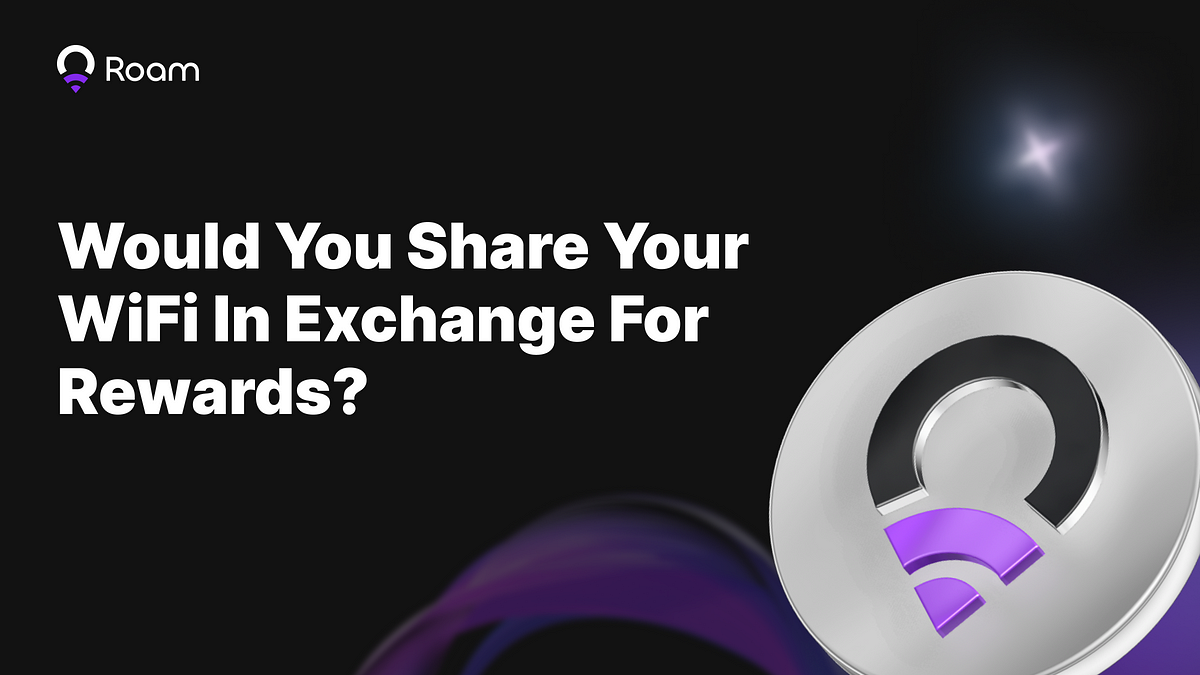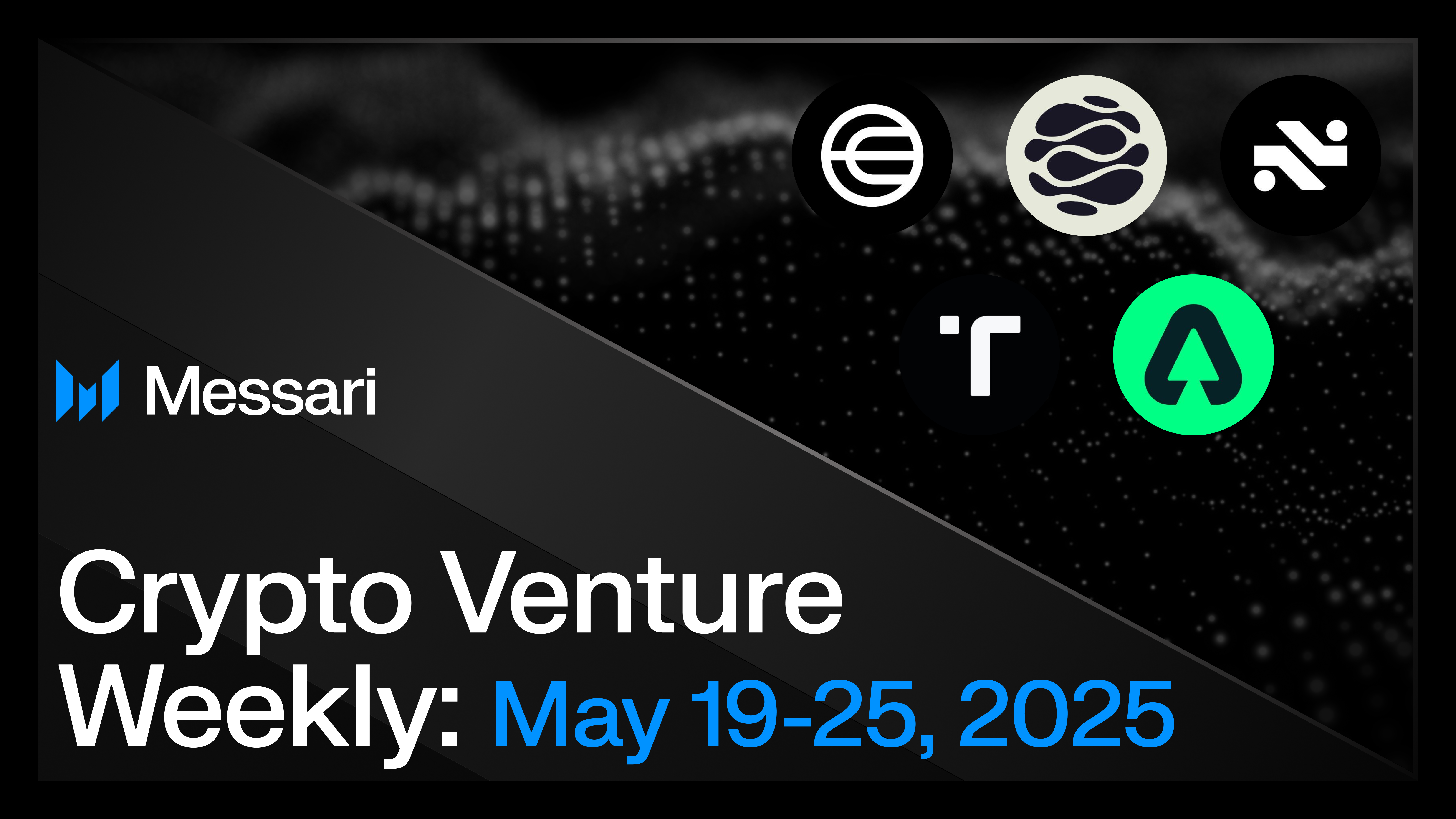Exploring the Role of Decentralized Technologies in Europe's Cloud Sovereignty

A couple of weeks ago, I attended the Nexus Forum in Brussels, where policymakers, researchers, and SMEs gathered to discuss the European Edge Cloud Continuum. This strategic initiative aims to enhance Europe’s capabilities in cloud computing and edge technologies by moving data processing closer to its source. This shift is crucial for achieving faster and more efficient data management, reducing reliance on distant data centers. However, with the European cloud market increasingly dominated by non-EU providers like Amazon, Microsoft, and Google, the EU faces significant challenges in establishing cloud sovereignty and competing on a global scale.
The European Commission (EC) is actively investing in cloud and edge computing to address this imbalance, with ambitious goals such as ensuring that 75% of EU enterprises adopt cloud solutions by 2030. The proposed federated cloud model seeks to combine smaller players, including telecom operators and local services, to create a unified front against global giants. However, fragmentation within the European market complicates this effort. The cloud-edge continuum concept aims to integrate various providers, from large cloud services to small edge nodes, to deliver computing resources closer to where data is generated.
During the forum, I inquired about the role of decentralized technologies like Streamr in this vision. While the EC’s roadmap places decentralized technologies at the far end of the cloud-edge continuum, many DePIN projects are already operational today. Streamr, for instance, can serve as a decentralized data backbone, facilitating the integration of various services and enhancing the efficiency of data management. To realize the potential of decentralized solutions in achieving cloud sovereignty, there must be more dialogue between policymakers and innovators, ensuring that these technologies are recognized and integrated into Europe’s strategic framework for the future.
Related News





